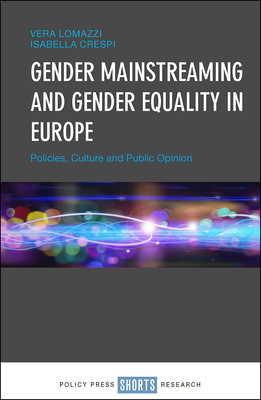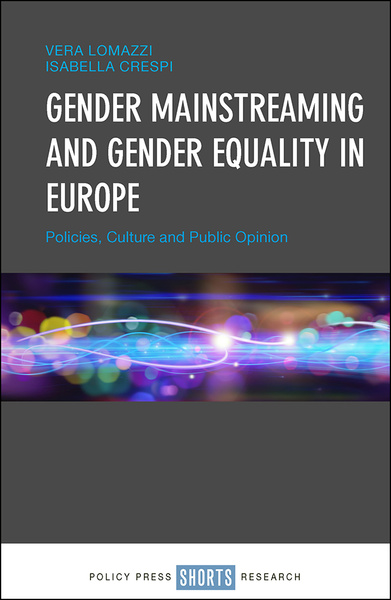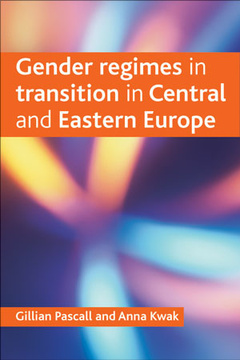Gender Mainstreaming and Gender Equality in Europe
Policies, Culture and Public Opinion
By Vera Lomazzi and Isabella Crespi
Published
Oct 18, 2019Page count
160 pagesISBN
978-1447317692Dimensions
198 x 129 mmImprint
Policy PressPublished
Oct 18, 2019Page count
160 pagesISBN
978-1447317739Dimensions
Imprint
Policy PressPublished
Oct 18, 2019Page count
160 pagesISBN
978-1447317739Dimensions
Imprint
Policy PressWith gender equality so prominent in public debate, this timely book reviews the impacts of gender mainstreaming on political, social and cultural issues around Europe.
It explores the origins and evolution of mainstreaming, the theory’s contribution to gender equality legislation so far and its potential to drive change in the future. Drawing on extensive data, the book compares and contrasts progress in various European countries, taking into account the multidimensionality of gender equality. Finally, the book considers the limits of gender mainstreaming amid economic, migration and political challenges.
This important book is a welcome contribution to discussions about gender equality in European societies looking at the interplay of policies, culture and public opinion.
Vera Lomazzi is Senior Researcher at the Data Archive for Social Sciences at GESIS – Leibniz Institute for Social Sciences in Germany, and Secretary of the Executive Committee of the European Values Study.
Isabella Crespi is Associate Professor in Sociology at the University of Macerata, Italy, and member of European Sociological Association RN 13 Sociology of Families and Intimate Lives Advisory Board.
Introduction
1. Gender equality and gender mainstreaming: the issue of equal opportunities in the European context
2. Gender mainstreaming in Europe: legislation and cultural changes
3. Gender mainstreaming and social policies in Europe
4. Gender equality in Europe: measures and indicators
5. European gender cultures
6. Current challenges to gender mainstreaming in Europe
Conclusions


















